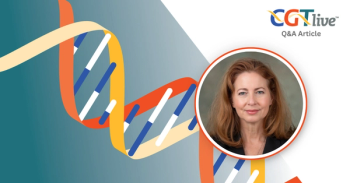
RA Drug May Reduce Toxicity Caused By CAR T Treatment
Last year, the FDA expanded the indications of rheumatoid arthritis (RA) drug tocilizumab (Actemra) to include the treatment of cytokine release syndrome (CRS) caused by CAR T-cell therapy. Recently, 2 studies have identified another rheumatoid arthritis drug that could be more effective in the treatment of CRS.
While the development of chimeric antigen receptors (CAR) T-cell therapy has changed the landscape of cancer treatment and was named “
The symptoms caused by CRS vary from a rash or fever to neurotoxicity. Last year, the FDA
Recently, 2 studies published in Nature Medicine discovered another rheumatoid arthritis drug that could help treat CRS.
The first
Similarly, the second
The next step in determining the safety and efficacy of this approach in treating CRS is to begin to study the treatment in human clinical trials. Additionally, researchers hypothesized that these results could potentially lead to a CAR T treatment that has an IL-1 inhibitor built into the genetically modified immune cells.
References
1. Norelli M, Camisa B, Barbiera G, et al. Monocyte-derived IL-1 and IL-6 are differentially required for cytokine-release syndrome and neurotoxicity due to CAR T cells. Nat Med. 2018; 24:739-748. doi: 10.1038/s41591-018-0036-4.
2. Giavridis T, van der Stegan S, Eyquem J, Hamieh M, Piersigilli A, Sadelain M. CAR T cell-induced cytokine released syndrome is mediated by macrophages and abated by IL-1 blockade. Nat Med. 2018; 24:731-738. doi: 10.1038/s41591-018-0041-7.
Newsletter
Stay at the forefront of cutting-edge science with CGT—your direct line to expert insights, breakthrough data, and real-time coverage of the latest advancements in cell and gene therapy.


















































